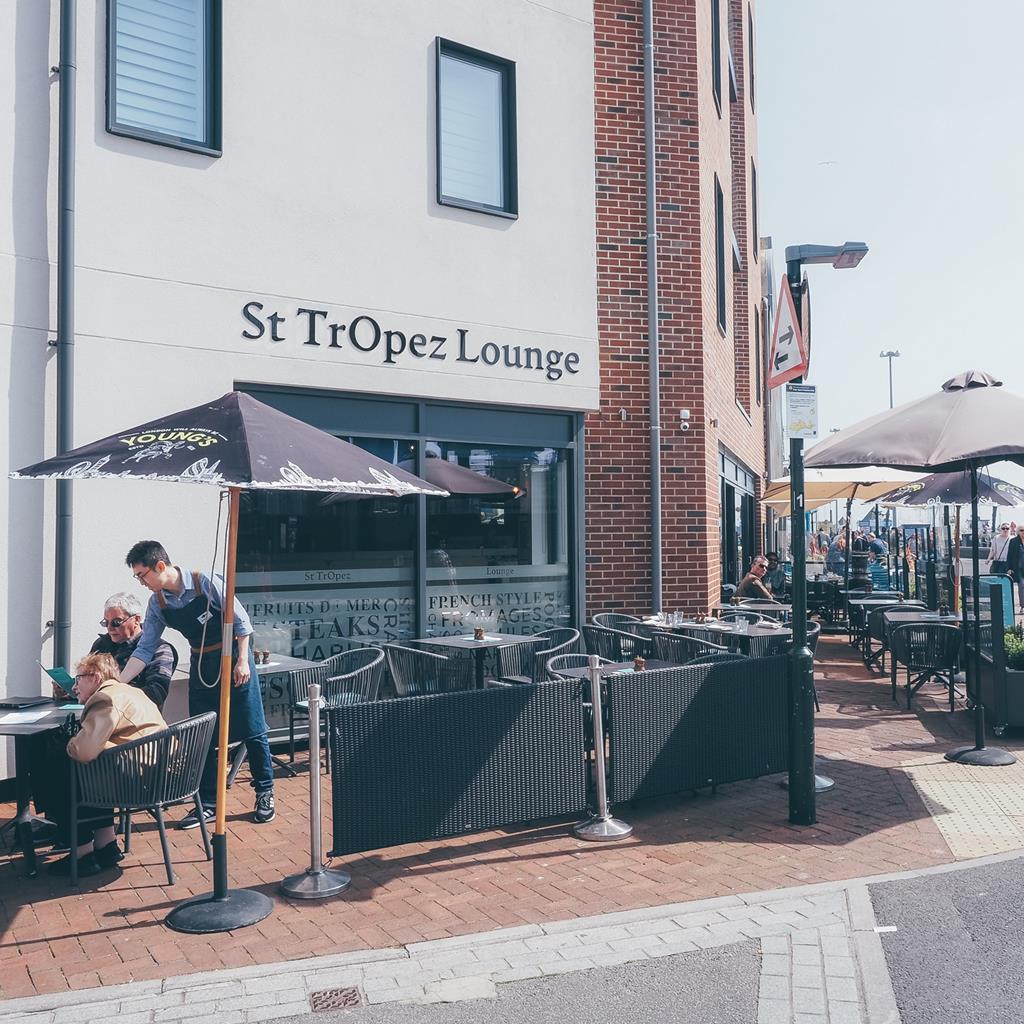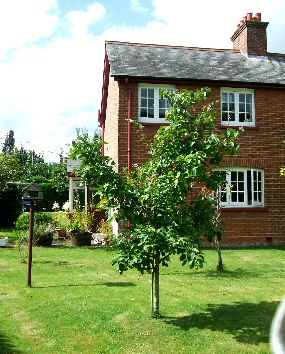A spacious park located within the Cranborne Chase Area of Outstanding Natural Beauty and has…
Gussage St Michael and the Dorset Cursus

5.25 miles (8.4kms)
About the walk
Like many parts of Dorset, the eastern vales offer some lovely views and are littered with ancient remains that add a touch of historical interest to any walk; the area around Gussage St Michael is no exception. The small, sprawling village is squeezed between Ackling Dyke, an important Roman road, and a more ancient, processional way known as the Dorset Cursus. There are two more Gussage villages to discover: the larger All Saints to the southeast and the tiny Gussage St Andrew to the northwest. The curious name shared by the three villages is derived from the Saxon words for a spring (‘gyse’ for ‘water breaking forth’) and ‘sic’ meaning a watercourse; the second part of each name is derived from the dedication of the local church.
The Cursus is a broad track, between parallel banks and ditches, some 6 miles (10km) long, running across this northeast corner of Dorset from Bokerley Dyke to a cluster of long barrows and tumuli. It appears to be aligned with the rising and setting sun at midsummer and midwinter. Its edges have been blurred by time and the plough, but one of the clearest sections can be seen on this walk. It’s believed to date to Neolithic times, around 2000 bc, but its purpose isn’t clear. There are some great views northwards from Gussage Hill over Gussage Down. You can see the shadow of the parallel ditches of the Cursus heading away towards Pentridge and Penbury Knoll, marked by a clump of dark firs. Hollows and hummocks on the flank of Gussage Hill suggest the remains of a large Neolithic settlement, and the top is liberally scattered with tumuli and long barrows. Towards the end of the day the low light of the setting sun makes the ground shimmer silver with cobwebs.
Slightly more recent is the former Roman road of Ackling Dyke. This major route can still be traced for 22 miles (35km) between Old Sarum (near Salisbury), which had links to London, along the Portway and the hill-fort at Badbury Rings from where a Roman road continued to Dorchester. The return part of the walk follows a section of this former Roman road.
Walk directions
Turn left down the street in Gussage St Michael, as if you were going to the church, but turn right by Corner Cottage, onto the road signposted to Long Crichel. Where the road swings up to the left, go straight on, into Manor Road, following the footpath sign for Cashmoor. Continue along the broad green valley, passing houses on the left. Go past the large gates (path opening on the left side) and continue along the driveway.
At Manor Farm turn right down the drive for 109yds (100m) and then left across a stile beside a gate. Follow the track for 0.25 miles (400m), until you are level with a clump of trees to the left. Cross a stile to your right, then a footbridge and another stile. Bear left across the field corner to a footbridge into a garden. Turn sharp right through the garden to cross a stone footbridge and pass between the houses and garages at Ryall’s Lodge. Go up a drive to a road.
Turn left along the lane for 320yds (300m) and, after passing a house (Meadowside) on your left, turn right on a surfaced track (bridleway), running parallel with the Dorset Cursus to your left. Continue past some farm buildings and stay on the track as it kinks left across the Cursus then bends right up the hill to a gate at the top.
Turn right along the grassy fence-lined bridleway. Follow this for slightly under a mile (1.6km) along the ridge of Gussage Hill, with views northwards over Gussage Down and ancient long barrows and tumuli to the right. Keep straight ahead at the intersection of tracks near the top of Gussage Hill, passing the trig point over to your right and a ragged line of hawthorn bushes.
Follow the bridleway into the trees to a junction, passing an unexpectedly modern memorial stone to one John Ironmonger, who died in 1986, and turn right along the track. The walk now follows the former Roman road (Ackling Dyke) for slightly over a mile (1.6km), first with woods to the left and then between hedges; the dyke is raised at this point, with a ditch and bank to the right.
At a barn on the left turn right on a droving track between high hedges. Keep straight on along the wide gravel track to a T-junction and turn down to the left. Later pass the buildings of Lower Farm. Bear right along the lane beside an old flint wall with tile cap on the right, crossing a stream to return to the lay-by where you started.
Additional information
Firm tracks and green lanes (muddy after rain), sections of road
Arable farmland and pasture dotted with ancient remains
Leads required through farmyards; some road walking
OS Explorer 118 Shaftesbury & Cranborne Chase
Lay-by in lane opposite garage, by entrance to Lower Farm, Gussage St Michael
None on route
WALKING IN SAFETY
Read our tips to look after yourself and the environment when following this walk.
Find out more
Also in the area
About the area
Discover Dorset
Dorset means rugged varied coastlines and high chalk downlands. Squeezed in among the cliffs and set amid some of Britain’s most beautiful scenery is a chain of picturesque villages and seaside towns. Along the coast you’ll find the Lulworth Ranges, which run from Kimmeridge Bay in the east to Lulworth Cove in the west. Together with a stretch of East Devon, this is Britain’s Jurassic Coast, a UNESCO World Heritage Site and Area of Outstanding Natural Beauty, noted for its layers of shale and numerous fossils embedded in the rock. Among the best-known natural landmarks on this stretch of the Dorset coast is Durdle Door, a rocky arch that has been shaped and sculpted to perfection by the elements. The whole area has the unmistakable stamp of prehistory.
Away from Dorset’s magical coastline lies a landscape with a very different character and atmosphere, but one that is no less appealing. Here, winding, hedge-lined country lanes lead beneath lush, green hilltops to snug, sleepy villages hidden from view and the wider world. The people of Dorset are justifiably proud of the achievements of Thomas Hardy, its most famous son, and much of the county is immortalised in his writing.
Nearby stays
Restaurants and Pubs
Nearby experiences
Recommended things to do
Why choose Rated Trips?
Your trusted guide to rated places across the UK
The best coverage
Discover more than 15,000 professionally rated places to stay, eat and visit from across the UK and Ireland.
Quality assured
Choose a place to stay safe in the knowledge that it has been expertly assessed by trained assessors.
Plan your next trip
Search by location or the type of place you're visiting to find your next ideal holiday experience.
Travel inspiration
Read our articles, city guides and recommended things to do for inspiration. We're here to help you explore the UK.













